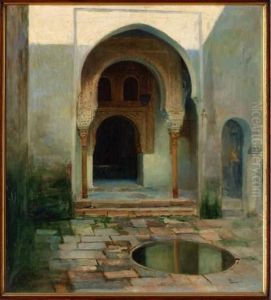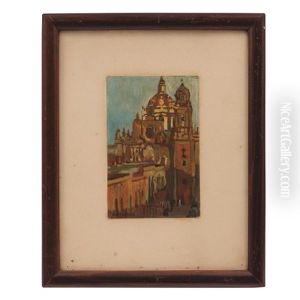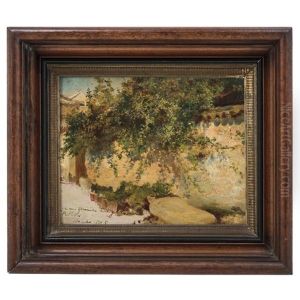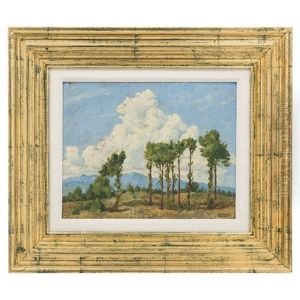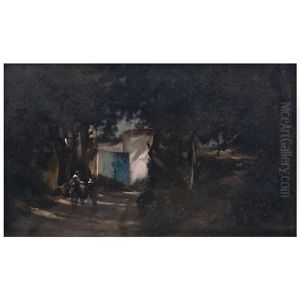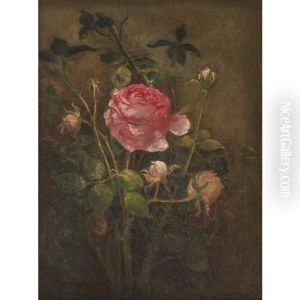Mateo Herrera Paintings
Mateo Herrera, born José María Mateo Herrera León in 1871, was a prominent Mexican painter whose contributions to art history are marked by his exploration of Mexican identity and his role in shaping the visual culture of his time. Herrera was born in the city of León, Guanajuato, Mexico, into a period of national rebuilding and cultural renaissance following the turbulent years of the Mexican Revolution. His early life and education in the arts were deeply influenced by the rich cultural and historical tapestry of Mexico, which would later become a central theme in his work.
Herrera's artistic journey began at a local level, but his talent and vision soon propelled him onto a larger stage. He was not only a painter but also engaged in teaching and promoting art, playing a significant role in the cultural life of Mexico during the early 20th century. His works are characterized by their exploration of Mexican landscapes, traditions, and social themes, often reflecting a deep sense of national pride and a desire to document and celebrate Mexico's unique cultural heritage.
Throughout his career, Herrera was involved in various artistic movements and organizations, contributing to the development of modern Mexican art. He was contemporaneous with other Mexican artists who were also exploring national identity and cultural expression through their art, such as the muralists Diego Rivera, José Clemente Orozco, and David Alfaro Siqueiros. Although Herrera's work is less known internationally than that of his contemporaries, his contributions to Mexican art are significant, particularly in terms of his influence on younger generations of artists and his efforts to promote art education in Mexico.
Mateo Herrera's legacy is preserved in his diverse body of work, which includes landscapes, portraits, and scenes of daily life in Mexico. His art continues to be celebrated for its beauty, its emotional depth, and its insight into the Mexican soul. Herrera's death in 1927 marked the end of a prolific career, but his influence on Mexican art and culture endures, making him an important figure in the history of Mexican art. His works can be found in museums and collections both in Mexico and internationally, serving as a testament to his artistic achievements and his dedication to portraying the spirit of his homeland.
